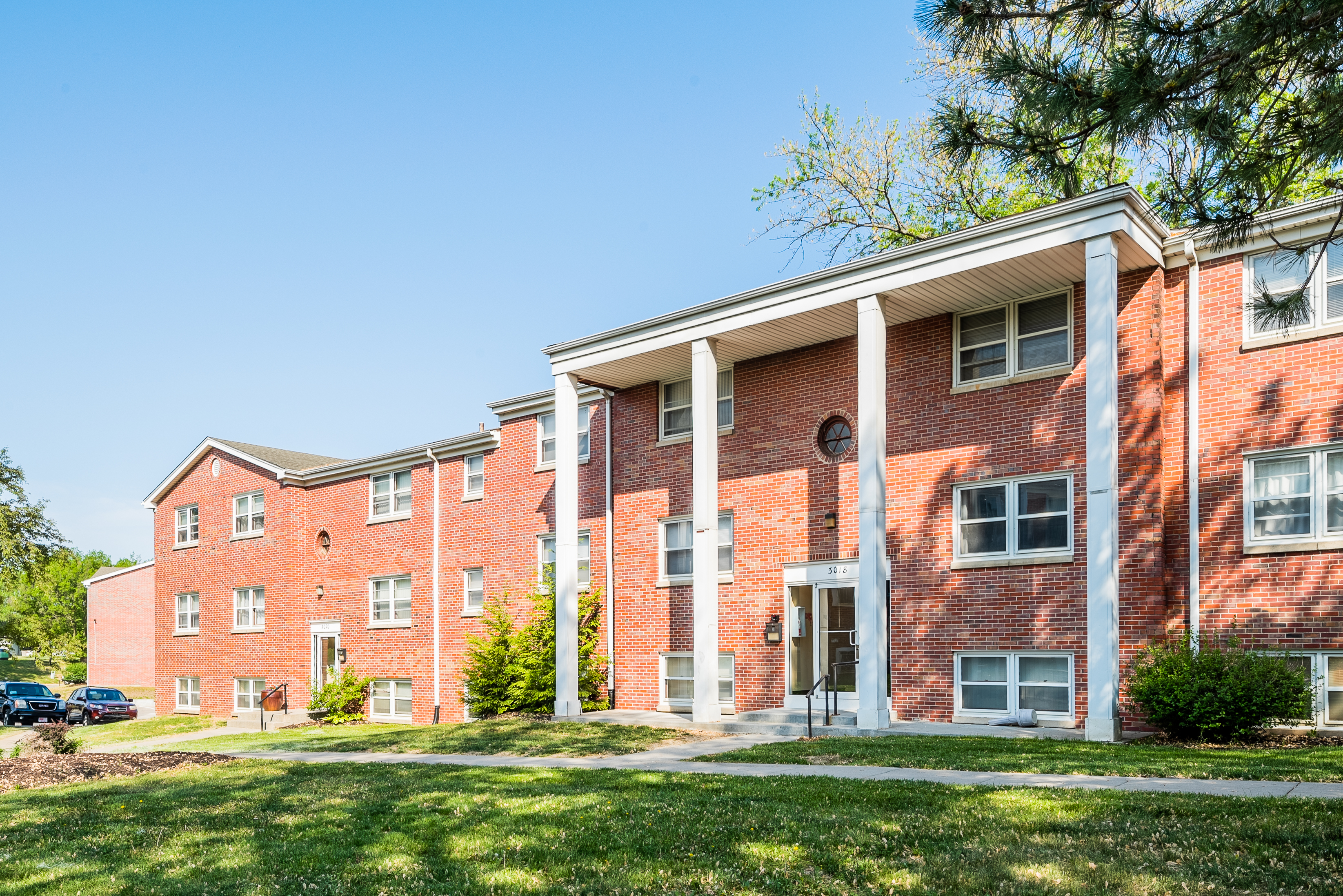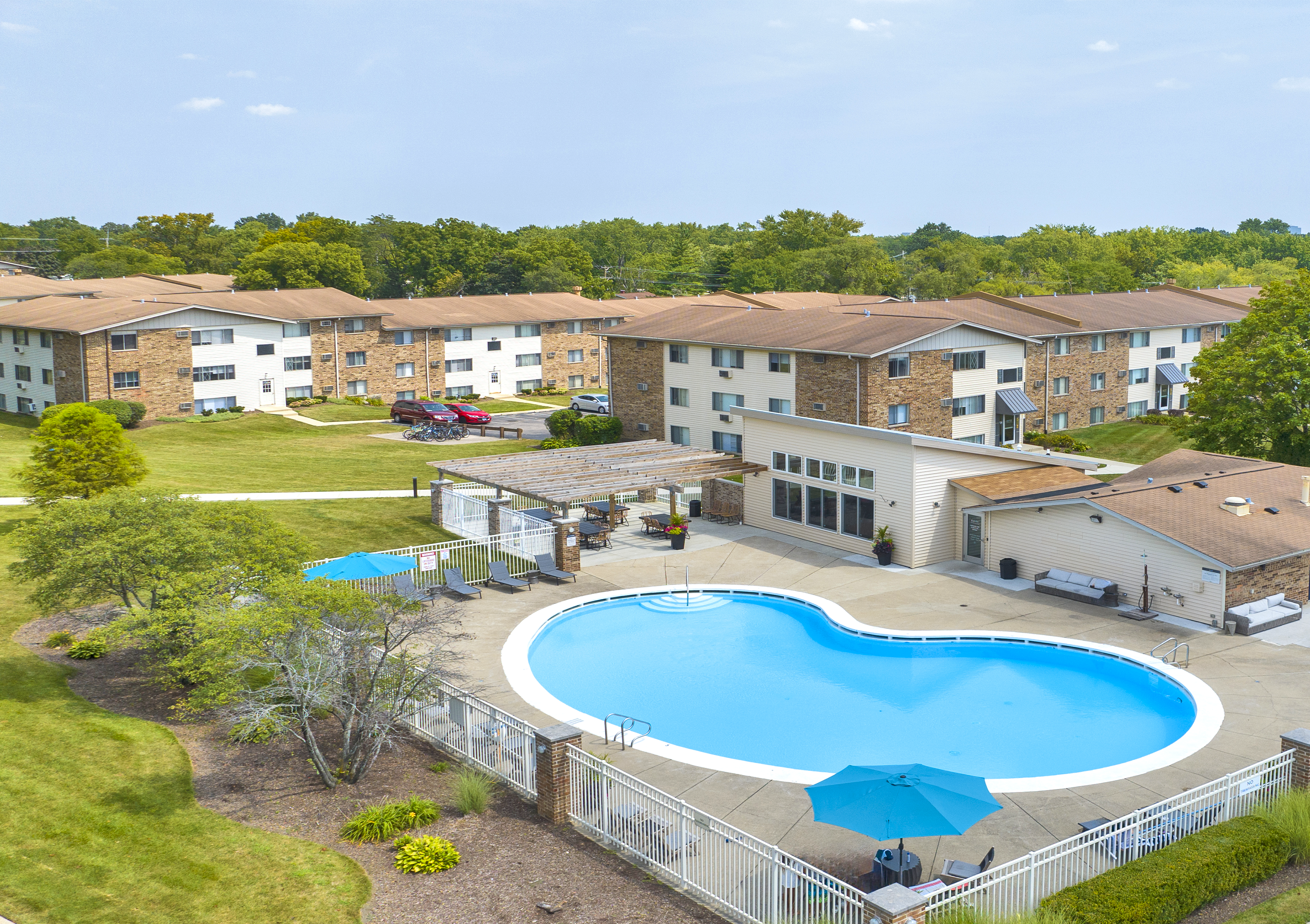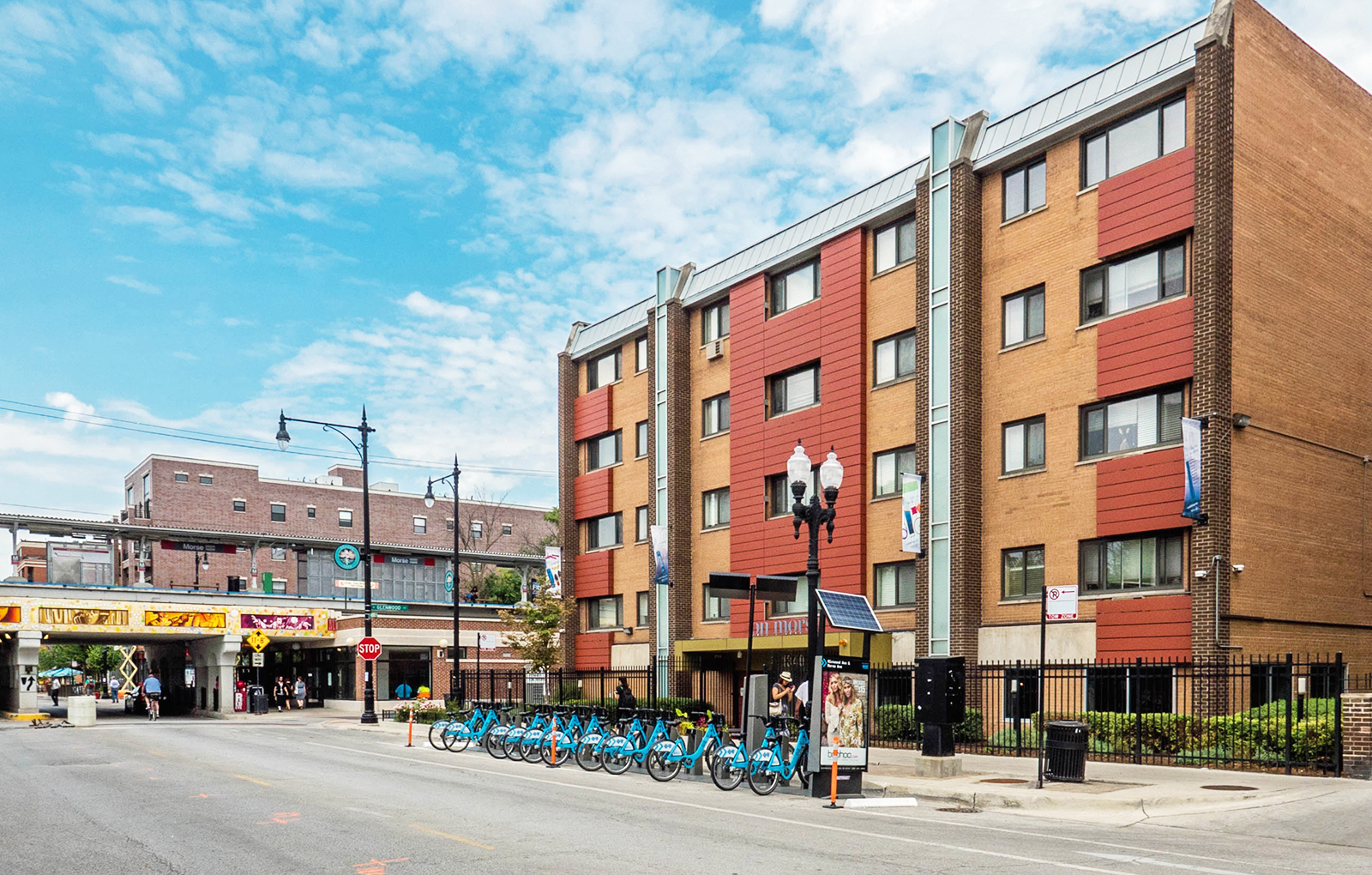Blog
The Midwest Advantage In Multifamily Real Estate
Bender Companies /26 Apr 2024
When looking for new multifamily investment opportunities, the options are endless, from location to vintage, construction type, etc. Our team has primarily focused on cash flowing multifamily properties over 150 units within a five-hour drive time of our home office in Chicago. This leverages our local expertise and self-management platform and provides convenient access to the properties we own as we execute business plans across the central Midwest.
Minimal Supply
Over the last decade or so, multifamily investors have focused a lot of their time and energy on growing markets in the Southeast and Southwestern parts of the US, chasing employer expansion and household formation trends across those regions. Developers have followed suit, adding housing supply to these markets that can often take years to stabilize. It can be a speculative exercise to understand the pace of absorption of these new deliveries, creating the risk that the developer’s construction/bridge loan matures prior to stabilization.
The housing supply imbalance continues to grow due to a variety of factors. Municipalities are pushing back on multifamily development, and the spike in construction costs has made new projects infeasible without some form of subsidy. Interest rates have pushed home ownership out of reach for most; According to CBRE, the cost of homeownership has soared, now a record 52% more expensive than renting. Where possible, existing homeowners hold on to properties with ultra-low interest rate loans already in place, reducing the supply of single-family homes for sale, furthering the upward climb of home prices.
Suburban Chicago, and the Midwest in general, has seen limited apartment supply relative to these high growth markets, giving owners more predictability for stabilized occupancy and steady rent growth. Looking back at the trend of apartment conversions to condominiums in the 1980s, suburban Chicago witnessed only a few hundred apartment units added annually, significantly below demand levels for such a large MSA. Data from IRR Research highlights a shift, with an average of around 2,000 new units per year in the suburban Chicago market over the past decade. This increase has helped bridge the gap, but housing shortages remain a persistent challenge.
Statistically Speaking
Recently, low supply, among other factors, has shown clear statistical impacts in our core investment markets. In the Madison MSA, which is a newer market for us, we observed the highest average stabilized occupancy rate of all primary and secondary markets at 97.8% by the end of 2023, along with the highest year-over-year rent growth at 6.0% per Axiometrics.
Meanwhile, in the Milwaukee MSA, the stabilized occupancy rate ranked 5th nationally at 96.6%, surpassing the national average of 94.6%. In the same study, the Chicago-Naperville-Elgin MSA also saw significant growth, with effective rents rising by 3.6%, leading all primary rental markets nationally, and as compared to the national average of 0.2%. Throughout 2023, Milwaukee and Chicago outperformed the national average for effective rent growth in all four quarters. Rent growth and occupancy are arguably the most fundamental aspects of multifamily investing and the outperformance across the Midwest supports our continued investment strategy in and close to our own backyard.
Rent-to-Income Rules the Roost
When implementing business plans for properties, our focus is multifaceted, with capital improvements being a key component. As value-add investors, we typically don’t pursue turnkey assets unless there’s a compelling narrative behind the property. Financially, capital improvements are generally only feasible when there’s potential for rent growth to fund and validate these enhancements. It creates a circular dynamic: without rent growth, improvement plans stall, leading to a buildup of deferred maintenance issues.
This is why we place great importance on markets and locations with low rent-to-income ratios. The Chicago MSA excels on the income side, featuring the second highest median household income ratio in the Midwest, with Minneapolis taking the lead. Madison comes in higher than both, but of course is substantially smaller. Not coincidentally, a January 2024 Realpage study on rent collections rates nationally revealed Chicago and Minneapolis placed 9th and 2nd, respectively.
Coastal and South/Southwest states often exceed a 30% rent-to-income ratio, a threshold at which renters struggle to cover housing costs comfortably. In contrast, our Midwest-focused portfolio targets markets with ratios typically falling between 15% and 25%, ensuring housing costs remain manageable for residents. This looks different across our portfolio. For instance, Michigan, where rents and median household incomes are lower than in Chicago, or in Milwaukee, which falls between Michigan and Chicago in both metrics. Despite these differences, our focus lies on maintaining affordability.
As an example, for market rate opportunities in Michigan, we look for properties where area median household incomes are at least $50,000. This threshold accommodates various income scenarios: an individual household earning $24/hr or a couple earning $12/hr each will remain under the 30% threshold for any rent price point we offer in those markets.
Other Factors
When it comes to investing in properties, we consider various factors beyond rent-to-income ratios. One key factor is proximity to top rated school districts, a major draw for renters. The Chicago MSA is home to dozens of top public schools, many ranking in the top 10% nationwide according to the US News and World Report. Other school factors are in play as well, like in Kalamazoo, MI, where the “Kalamazoo Promise” has provided up to full tuition benefits to top in-state colleges and universities to thousands of students attending Kalamazoo Public Schools over the last two decades.
The presence of top employers and diverse demand drivers can significantly impact a property’s success. Take West Michigan, for instance. Its economy is notably diversified compared to Southeast Michigan, which tends to be more cyclical and heavily reliant on the automotive industry. However, recent efforts to shift the perception to the “mobility” industry highlight the importance of adapting to market trends. Staying on top of forthcoming areas and industry are important, as it can allow investors to potentially “beat the herd” to great new opportunities.
One thing is clear: Investing in the Midwest has been a strategic choice for us and has led us to promising opportunities. We’re particularly drawn to the region’s potential for steady, predictable performance. Beyond performance metrics, we prioritize understanding the story behind each deal. Whether it’s the owner’s background, motivations for selling, or the property’s management status, these qualitative factors play a crucial role in our investment strategy. By factoring in quantitative analysis with these qualitative insights, we’re positioned to capitalize on opportunities that align with our long-term goals and successfully execute our business plans across our portfolio. Looking ahead, the Midwest will continue to be at the forefront of our investment strategy as it offers a blend of stability, affordability, and growth potential that’s tough to find elsewhere.
By Mark Barnes, Director of Investments
YOU MIGHT ALSO LIKE...

Investing Investing / 26 Mar 2025
Bender Companies Enters Nebraska Market with Acquisition of The Colonial Apartments

Investing Investing / 31 Jan 2025
Bender Companies Acquires 550-Unit Apartment Community in Hoffman Estates, IL

Investing Investing / 10 Sep 2024